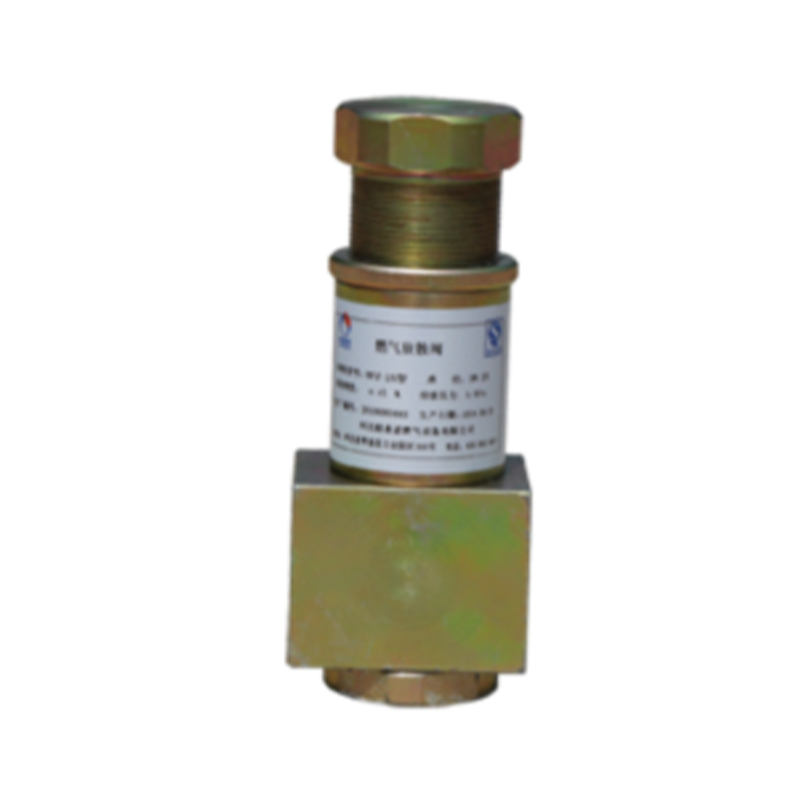
Dec . 06, 2024 03:24
Back to list
Pressure Regulator for Optimal System Performance and Efficiency
Understanding Pressure Regulators A Key Component in Fluid Systems
Pressure regulators are essential devices used in various applications to manage and control the pressure of gases or liquids within a system. They play a crucial role in ensuring the safe and efficient operation of equipment, preventing accidents, and improving the overall performance of fluid systems. Understanding the importance, functionality, and applications of pressure regulators can help clarify their significance in both industrial and residential environments.
What is a Pressure Regulator?
A pressure regulator is a mechanical device designed to automatically maintain a consistent outlet pressure, regardless of fluctuations in the inlet pressure or variations in the flow rate. In simple terms, it reduces the high pressure of a gas or liquid to a lower, more manageable level, making it safe to use in devices such as gas appliances, hydraulic systems, and pneumatic tools.
How Do Pressure Regulators Work?
The core functionality of a pressure regulator revolves around a balance between input and output pressures. When the inlet pressure exceeds the set point of the regulator, a diaphragm within the device responds by closing a valve to restrict the flow. Conversely, if the outlet pressure drops below the desired level, the diaphragm opens the valve to allow more liquid or gas to flow through. This automatic adjustment ensures that the pressure remains constant and within specified limits.
Most pressure regulators are equipped with a spring mechanism that determines the set pressure. By adjusting the spring tension, users can change the desired outlet pressure according to the requirements of the system. This tunable feature is particularly important for applications where specific pressure ranges are critical to performance and safety.
.
Pressure regulators are utilized in a myriad of applications across different industries. Some of the primary areas where they are indispensable include
منظم الضغط

1. Gas Supply Systems In residential and commercial settings, gas regulators ensure that the natural gas supplied to stoves, heaters, and other appliances remains at a safe operating pressure.
2. Hydraulic Systems In manufacturing and construction, pressure regulators maintain the hydraulic fluid pressure required for the operation of hydraulic machinery, optimizing performance and preventing damage.
3. Pneumatic Tools In environments where compressed air is used, such as in workshops and factories, pressure regulators ensure that pneumatic tools operate at optimal pressure levels, improving efficiency and extending tool life.
4. Water Supply Systems In municipal settings, water pressure regulators manage the distribution of water, ensuring that residential and commercial buildings receive adequate pressure for various uses without causing pipe damage or water wastage.
5. Laboratory Equipment In scientific research, pressure regulators are essential for experiments requiring precise control of gas and liquid pressures, helping to ensure accurate results.
Importance of Pressure Regulators
The significance of pressure regulators cannot be overstated. They enhance safety by preventing overpressure situations that could lead to equipment failure or hazardous leaks. Moreover, by optimizing the operating pressure, they contribute to energy efficiency, reducing unnecessary energy consumption and operating costs.
In conclusion, pressure regulators are vital components in a vast array of fluid systems. Their ability to maintain consistent pressure levels enhances safety and efficiency, making them indispensable in both industrial and residential applications. As technology continues to evolve, advancements in pressure regulation are likely to improve performance and reliability even further, ensuring that these devices remain at the forefront of fluid control technology.
Latest news
-
Safety Valve Spring-Loaded Design Overpressure ProtectionNewsJul.25,2025
-
Precision Voltage Regulator AC5 Accuracy Grade PerformanceNewsJul.25,2025
-
Natural Gas Pressure Regulating Skid Industrial Pipeline ApplicationsNewsJul.25,2025
-
Natural Gas Filter Stainless Steel Mesh Element DesignNewsJul.25,2025
-
Gas Pressure Regulator Valve Direct-Acting Spring-Loaded DesignNewsJul.25,2025
-
Decompression Equipment Multi-Stage Heat Exchange System DesignNewsJul.25,2025

